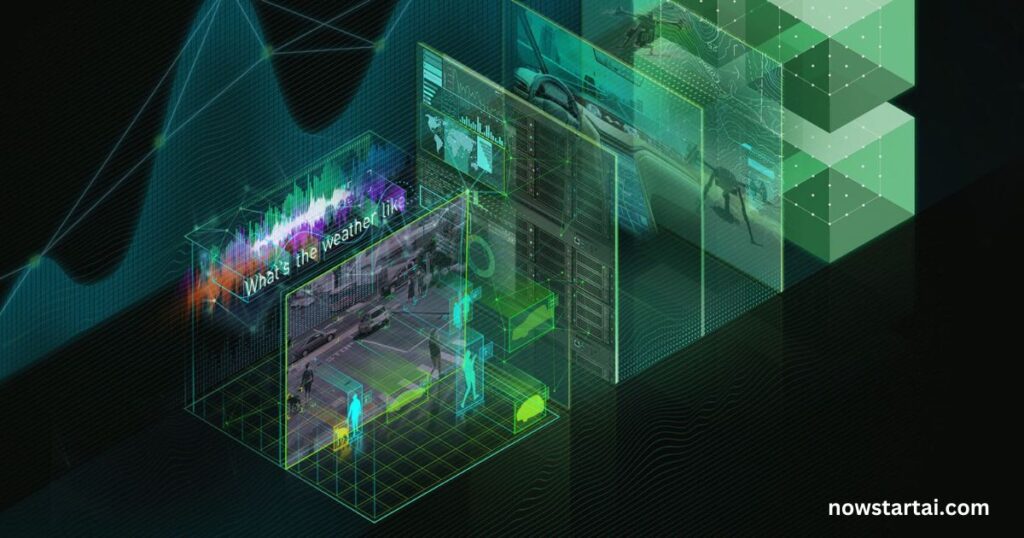Artificial Intelligence (AI) has become an integral part of modern technology, driving innovations across industries like healthcare, finance, education, and entertainment.
Building AI software, however, can be a complex endeavor that requires a combination of technical skills, tools, and frameworks.
In this guide, we’ll walk you through the fundamental steps involved in creating AI-powered software, from planning to deployment.
1. Understand the Problem You Want to Solve
Before diving into the technical aspects, it’s crucial to define the problem you want to address with AI. AI software is not one-size-fits-all—it should be tailored to solve a specific challenge.
Whether you are building a recommendation engine for an e-commerce site, a natural language processing (NLP) system for customer service, or an image recognition application for healthcare, the solution must align with your business or organizational goals.
Key questions to ask:
- What problem does AI solve in this context?
- What is the desired outcome?
- Who are the end-users, and what are their needs?
2. Choose the Right Type of AI for the Task
AI can be divided into several branches, including machine learning (ML), deep learning (DL), natural language processing (NLP), and robotics. Selecting the right type of AI is essential for the success of the project. Let’s break down the primary categories:
- Machine Learning (ML): Algorithms that allow systems to learn from data and improve over time without explicit programming. ML is ideal for predictive analytics, fraud detection, and classification tasks.
- Deep Learning (DL): A subset of ML that focuses on neural networks with many layers. DL is particularly useful for processing large datasets and is widely applied in image and speech recognition, as well as autonomous vehicles.
- Natural Language Processing (NLP): AI models designed to understand, interpret, and generate human language. NLP is used in chatbots, translation services, and sentiment analysis tools.
- Reinforcement Learning (RL): A type of ML where agents learn by interacting with an environment to maximize rewards. RL is often applied in robotics, gaming, and optimization problems.
3. Gather and Prepare Data
Data is the fuel that powers AI. High-quality data is essential for training machine learning models, and without it, even the most sophisticated algorithms will fail to perform effectively. Data preparation involves several critical steps:
- Data Collection: Collect relevant data from various sources, whether they are databases, APIs, sensors, or user-generated content. The data must be representative of the problem you want to solve.
- Data Cleaning: Raw data often contains errors, missing values, and inconsistencies. Clean the data by removing outliers, filling missing values, and normalizing data for consistency.
- Data Labeling: For supervised learning tasks, labeling your data is necessary. This involves categorizing the data or tagging it with the correct output.
- Data Splitting: Split your dataset into training, validation, and test sets. The training data is used to build the model, the validation set fine-tunes its parameters, and the test set evaluates its performance.
4. Select the Right Tools and Frameworks
Choosing the appropriate tools and frameworks is pivotal to the development of AI software. A variety of libraries and platforms offer pre-built models, optimized algorithms, and frameworks that simplify the process.
Some popular tools include:
- TensorFlow: An open-source framework for machine learning and deep learning developed by Google. TensorFlow offers flexibility and scalability.
- PyTorch: Another open-source deep learning framework, developed by Facebook, that is known for its ease of use and dynamic computation graphs.
- Keras: A high-level neural networks API built on top of TensorFlow, designed for rapid prototyping.
- Scikit-learn: A Python library for traditional machine learning algorithms such as regression, classification, and clustering.
- NLTK (Natural Language Toolkit): A Python library for working with human language data, including text processing and NLP tasks.
5. Develop and Train the AI Model
Once the data is ready and the tools are in place, the next step is to develop the AI model. This involves:
- Choosing an Algorithm: Based on the problem at hand, choose the appropriate algorithm (e.g., decision trees, random forests, support vector machines, or neural networks).
- Model Training: Use the training data to “teach” the model to make predictions. This step involves adjusting the model’s parameters (such as weights in a neural network) using optimization techniques like gradient descent.
- Hyperparameter Tuning: Fine-tuning the model’s hyperparameters (like learning rate, batch size, and number of layers in a neural network) can significantly improve its performance.
- Evaluation: Evaluate the model using the validation set to check its accuracy and performance. Common evaluation metrics include precision, recall, F1-score, and mean squared error.
6. Test the Model
Once the model is trained and fine-tuned, it’s essential to test it on a separate test dataset that it hasn’t seen before.
This helps ensure that the AI model generalizes well to unseen data, avoiding issues like overfitting (when a model performs well on training data but poorly on new data).
- Cross-validation: A technique where the data is split into multiple parts, and the model is trained and validated on different subsets of the data to ensure robustness.
7. Deploy the AI Software
Deployment is the final step in the development lifecycle. Deploying AI software involves integrating the trained model into a production environment where it can interact with real-world data and users.
- Cloud Platforms: Platforms like AWS, Google Cloud, and Microsoft Azure provide AI tools for model deployment, scaling, and monitoring.
- APIs: If you want to expose your AI model to external systems, you can build an API around it, allowing other software applications to interact with your AI system.
- Edge Deployment: For applications that require real-time processing, like autonomous vehicles or IoT devices, you can deploy AI models to edge devices.
8. Monitor and Improve the Model
Once deployed, AI models require continuous monitoring to ensure they perform optimally. Over time, new data may emerge, and the model may need to be retrained or fine-tuned.
- Model Drift: The model’s performance might degrade as the real-world data evolves. Regularly retrain the model with new data to maintain its accuracy.
- Performance Monitoring: Track key performance metrics like response time, error rate, and system uptime to ensure that the AI system meets user expectations.
Conclusion
Building AI software is an intricate process that requires careful planning, data preparation, and continuous evaluation. However, with the right tools, frameworks, and a methodical approach, anyone can create intelligent systems that offer immense value to businesses and users.
From defining the problem to deploying and monitoring the model, each step plays a critical role in the success of the AI project.
By following this structured approach, developers can not only build effective AI software but also contribute to the ongoing evolution of AI technologies.
Whether you’re working on a small-scale project or a large enterprise solution, the ability to harness AI is becoming a powerful tool in modern software development. For more Software AI information check the nowstartai.

